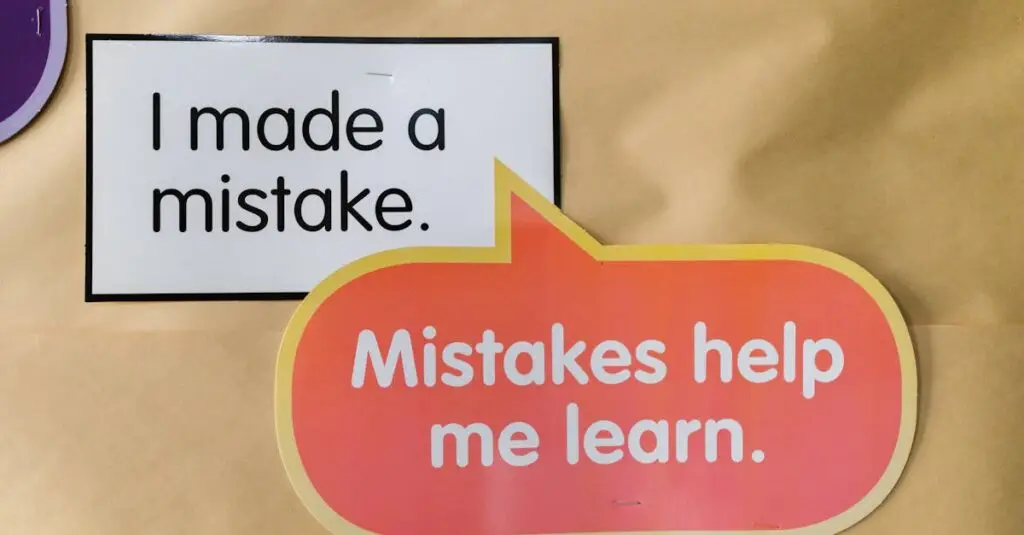Do You Struggle with Process Errors?
Ever found yourself deep in the chaos of process errors?
Frustrating, isn’t it?
But let’s be real, errors happen. They don’t mean you’re failing.
What matters more is how you respond.
I’ve been in the shared services game for over 20 years, and trust me, every error tells a story.
So, let’s unravel those root causes together.
Understanding Process Error Analysis
Process error analysis isn’t just a fancy term or the latest buzzword.
It’s a lifeline for operational excellence.
When I set up shared service centers for global organizations, I learned that process errors aren’t the end of the line.
They’re just a hiccup—a moment when something goes awry.
Each error provides an opportunity to refine, to optimize, and to ultimately strengthen the process.
Why Errors Happen
Here’s the thing: errors don’t pop out of nowhere. There’s usually a few common suspects at play:
- Human Oversight: Mistakes often happen when tasks are manual and repetitive. It’s easy to zone out.
- Flawed Processes: Sometimes the process itself is where the magic goes wrong. If it’s clunky, expect bumps.
- Lack of Training: A well-trained team is a game-changer. If people lack clarity on their roles, errors will multiply.
- Inadequate Tools: Sure, technology is amazing, but using the wrong tools for the job? That’s a recipe for disaster.
How to Get to the Root of the Issue
So, how do we actually dig into these errors?
Here’s a structured approach that I’ve found useful:
- Gather Data: First things first, collect all relevant data related to the error.
- Identify Patterns: Look for trends. Is there a specific task where errors happen more frequently?
- Ask Questions: Engage with your team. What do they feel could be causing the issue?
- Conduct Root Cause Analysis (RCA): This is where the magic happens. Use techniques like the “5 Whys” to drill down to the core issue.
Implement Solutions
Once you’ve uncovered the root causes, it’s time to act.
But solutions need a strategy behind them:
- Revamp Training: Ensure everyone is adequately trained on their tasks—knowledge is power.
- Process Redesign: Sometimes, you just need a fresh approach. Consider lean methodologies to simplify and streamline.
- Enhance Communication: Foster an environment where feedback is welcomed and encouraged.
- Utilize Technology: Look into automation tools, as they can alleviate many human-error-based discrepancies.
Monitoring and Continuous Improvement
Implementing changes isn’t the end.
It’s crucial to monitor the effectiveness of your solutions.
Set up key performance indicators (KPIs) to assess whether your changes lead to fewer errors.
And don’t shy away from refining your approach over time.
Process optimization is an ongoing journey, not a destination.
A Culture of Learning
A vital part of this journey is fostering a culture of learning.
Encourage your team to share their experiences and insights openly.
After all, we’re all in this together.
By combining collective knowledge, we can tackle errors more effectively and foster an environment that promotes innovation.
A Personal Anecdote
I remember a project where we faced a staggering number of process errors in invoice handling.
Our team banded together to figure it out, and we discovered that minor manually entered details were causing major discrepancies.
By overhauling our training and introducing a checklist system, we cut errors by over 60%.
Every team member felt empowered, and it transformed our workflow.
In Closing
Mastering process error analysis is about getting to the root cause.
It’s about understanding the why behind the error.
Transform those errors into learning experiences that will help your team grow and improve.
Want more tips on navigating the intricacies of the shared services world?
Check out THEGBSEDGE blog—it’s packed with insights on shared services transformation and process optimization.
Let’s keep those conversations going!


